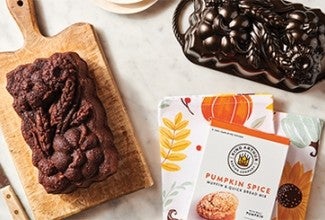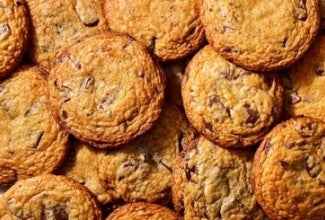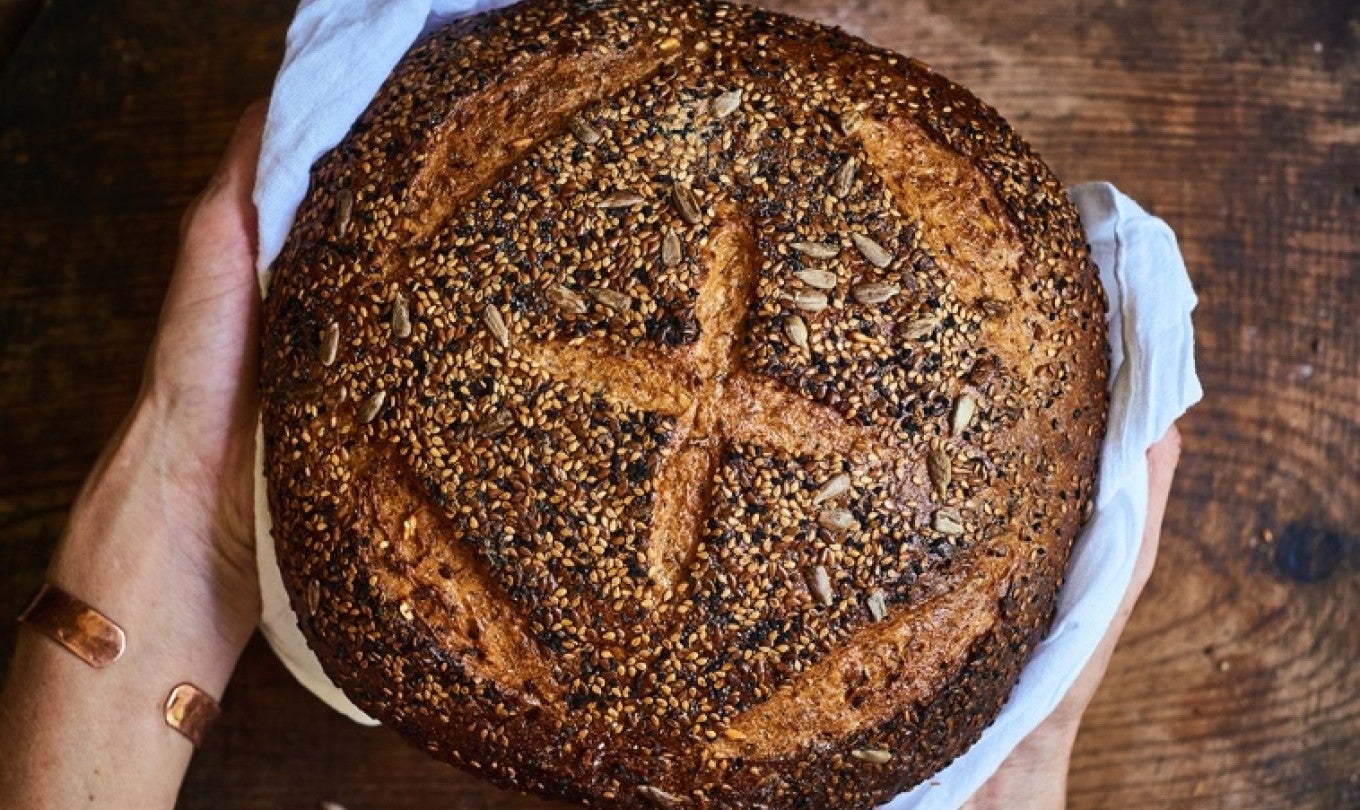I haven't fed my starter in quite awhile. How do I revive it?
If your sourdough starter sits in the refrigerator for too long between feedings, it will develop a thick layer of liquid on top, and will be sluggish (not produce many bubbles).
If this happens, stir the liquid back into the starter and discard all but 113g (about 1/2 cup). Feed with 113g (1/2 cup) water and 113g (1 scant cup) flour. If the starter is still alive, it will begin to bubble after a few hours. Once this happens, measure out 113g and feed once again with 113g each water and flour. If the starter becomes bubbly and expanded within 12 hours, it's ready for one final feeding before use, or to be put back in the refrigerator for storage.

If your sourdough starter begins to mold, or the odor is not the usual clean, sour aroma (an alcohol smell is OK), or if it develops a pink or orange color, throw it out. It's very rare for this to happen, so don't worry.
What is gluten and how does it work?
Gluten, the heart and soul of yeast bread's size, shape, and crumb, is made of two proteins: gliadin and glutenin. These proteins are activated when water is added to flour.
Gliadin makes dough extensible (stretchable); glutenin encourages it to "snap back" like a rubber band. Kneading dough aligns its gluten strands, forming them into a web. This web traps the gas created by yeast — which causes bread to rise.
Why are some sourdoughs more sour?
The flavor of your bread is more dependent on your bread recipe than the flavor of your starter. Simply put, the longer your bread rises (up to a point), the richer its flavor will be.
And, the temperature at which your loaf rises makes a difference. The wild yeast in sourdough produces both acetic and lactic acids as it consumes the starch and sugars in bread dough. When the dough is refrigerated, the yeast tends to produce more acetic acid than lactic acid. Since acetic acid is quite sour (think vinegar), bread dough that rises in the refrigerator overnight will tend to produce a more sour loaf than dough that rises for several hours at room temperature.

Is there any validity to using pineapple juice, honey, or organic grapes in sourdough starter?
Wild yeast is all around us; it's in the air, settles on surfaces, and is sometimes even visible: e.g., it's the white, dusty film you see on grapes. When wild yeast is combined with flour and water, the yeast begins to feed on flour's natural sugars, producing carbon dioxide gas in the process. It's this gas that makes the starter bubbly.
Some bakers add honey, organic grapes, onion skins, bits of potato, or other "outside elements" to their starter in the hopes that they'll provide additional food for the yeast. Truth is, yeast is perfectly content with the food it finds in flour; there's no need to enhance its diet.
Pineapple juice is the same pH as a nicely balanced starter, and some bakers feed their starter with pineapple juice for that reason. The jury's still out on whether it's any more effective than plain water.
What role does each ingredient play?

Flour: The cornerstone of sourdough, flour provides the food yeast feeds on, and hosts flavor-producing friendly bacteria as well. Combined with water, flour's protein develops into an elastic web (gluten) that traps the carbon dioxide gas given off by yeast, making dough rise.
Water: Water activates the gluten in flour. It's also a vital necessity for growing yeast; and is the "solvent" that disperses all of the remaining ingredients.
Yeast: The wild yeast in sourdough, Saccharomyces exiguus, is a different strain than domestic (manufactured) yeast (Saccharomyces cerevisiae). However, once wild yeast establishes a base population, it grows just as readily as packaged yeast. Yeast's main job in sourdough is to produce carbon dioxide gas, which makes starter or dough rise; and alcohol, which gives bread flavor.
Salt: Not only does salt add flavor to bread, it controls the rate of fermentation by slowing down how quickly yeast consumes sugar. This ensures that there'll still be food left for the yeast when the risen loaf goes into the oven — enough to produce one final large discharge of carbon dioxide, resulting in oven spring. It also leaves enough sugar for optimum browning of the loaf's crust during baking.
Sugar: Carbohydrates in flour are broken down into complex sugars by an enzyme, amylase. Those complex sugars are broken down still further by friendly bacteria, creating the simple sugar yeast loves to eat. This is an efficient process; thus there's no need to add any sweetener (granulated sugar, honey) to your dough to "get the yeast going" or feed it.
Fat: Oil or butter will yield a softer crumb in bread, plus create rich mouthfeel. Beyond that, fat isn't a necessary component of sourdough bread.
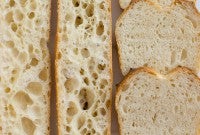
Glossary
Learn how to talk like a baker with this guide to foreign words and sourdough jargon.
Learn more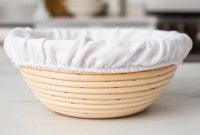
Tools
From flour to baking stones, find the right tools to help you achieve sourdough success.
Learn more

